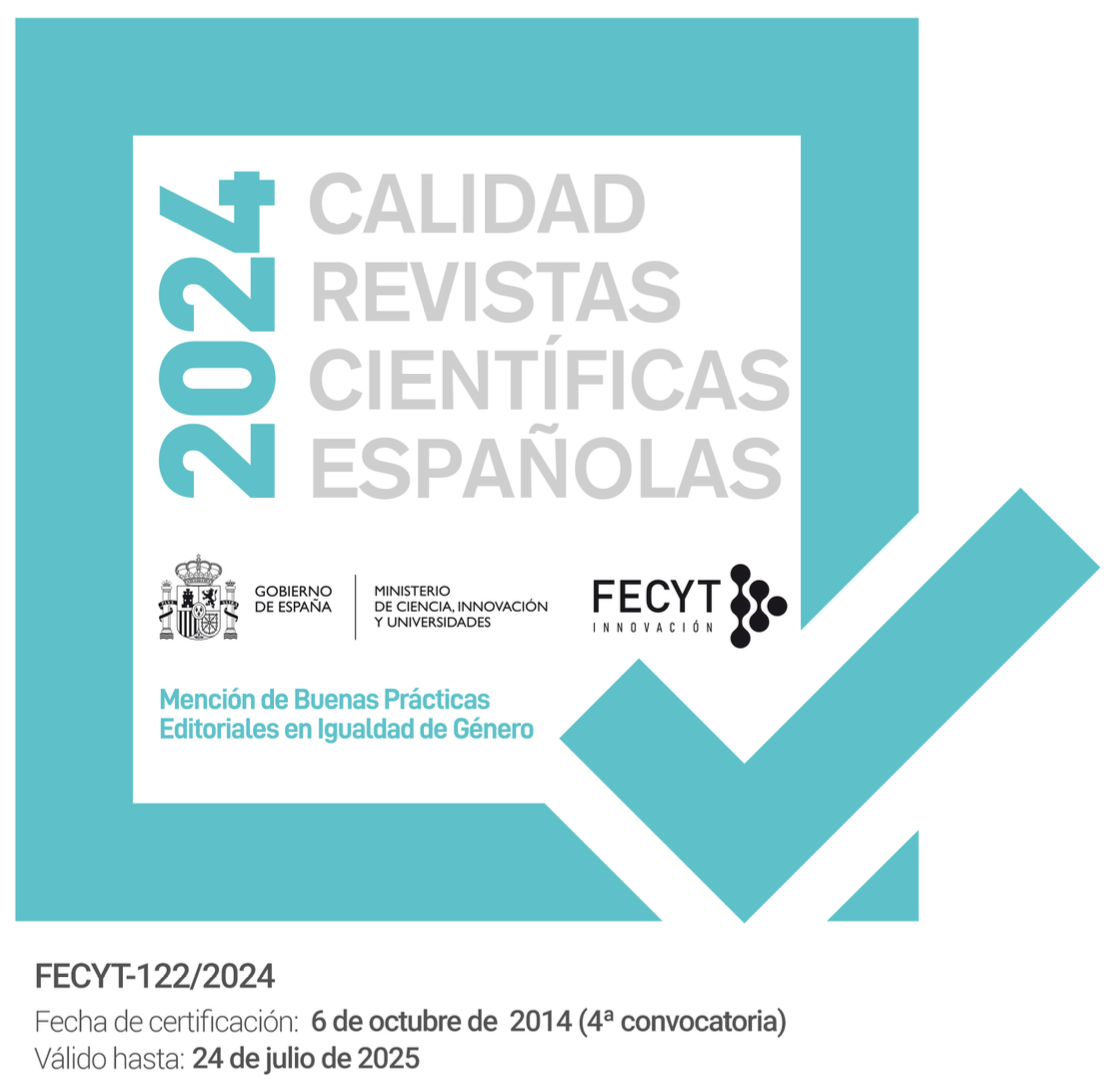Eliecer Crespo-Fernández. 2015. Sex in Language. Euphemistic and Dysphemistic Metaphors in Internet Forums.
Abstract
.Downloads
References
Allan, Keith and Kate Burridge. 2006. Forbidden words: Taboo and the Censoring of Language. Cambridge and New York: Cambridge UP.
Cameron, Deborah and Don Kulick. 2006. “Heteronorms.” In The Language and Sexuality Reader, edited by Deborah Cameron and Don Kulick, 165-168. Abingdon and New York: Routledge.
Carston, Roby. 1997. “Enrichment and loosening: complementary processes in deriving the proposition expressed?” Linguistische Berichte 8: 103-127.
Casas Gómez, Miguel. 2009. “Towards a New Approach to the Linguistic Definition of Euphemism.” Language Sciences 31 (6): 725-739.
—. 2012. “The expressive creativity of euphemism and dysphemism.” Lexis: E-Journal in English Lexicology 7: 43-64.
Chamizo Domínguez, Pedro J. 1998. Metáfora y conocimiento. Málaga: Analecta Malacitana / U. de Málaga.
—. 2004. “La función social y cognitiva del eufemismo y del disfemismo.” Panace@: Revista de Medicina, Lenguaje y Traducción 5 (15): 45-51.
Coates, Jennifer. 2013. “The discursive production of everyday heterosexualities.” Discourse and Society 24 (5): 536-552.
Crespo Fernández, Eliecer. 2008. “Sex-related Euphemism and Dysphemism: An analysis in Terms of Conceptual Metaphor.” Atlantis. Journal of the Spanish Association of Anglo-American Studies 30 (2): 95-110.
Deignan, Alice. 2010. “The evaluative properties of metaphors.” In Researching and Applying Metaphor in the Real World, edited by Graham Low et al., 357-374. Amsterdam and Philadelphia: John Benjamins.
Grondelaers, Stefan and Dirk Geeraerts. 1998. “Vagueness as a euphemistic strategy.” In Speaking of Emotions: Conceptualisation and Expression, edited by Angeliki Athanasiadou and Elzbieta Tabakowska, 357-374. Berlin and New York: Mouton de Gruyter.
Koller, Veronika. 2004. Metaphor and Gender in Business Media Discourse. A Critical Cognitive Study. New York: Palgrave Macmillan.
Kövecses, Zoltan. 2005. Metaphor in Culture. Universality and Variation. Cambridge: Cambridge UP.
—. 2010. “Metaphor and Culture.” Acta Universitatis Sapientiae, Phiolologica, 2 (2): 197-220.
Lakoff, George and Mark Johnson. 1980. Metaphors We Live By. Chicago: U of Chicago P.
Pizarro Pedraza, Andrea. 2013. “Tabú y eufemismo en la ciudad de Madrid. Estudio sociolingüístico-cognitivo de los conceptos sexuales.” PhD diss., U Complutense of Madrid.
—. 2015. “Who Said Abortion? Semantic Variation and Ideology in Spanish Newspapers’ Online Discussions.” Australian Journal of Linguistics, 35 (1): 53-75.
Shariffian, Farzad. 2011. Cultural Conceptualizations and Language. Amsterdam and Philadelphia: John Benjamins.
Sperber, Dan and Deirdre Wilson. 1986. Relevance: Communication and Cognition. Oxford: Blackwell.
Steen, Gerard J. 2011. “The contemporary theory of metaphor: Now new and improved.” Review of Cognitive Linguistics 9 (1): 26-64.
Velasco Sacristán, María Sol. 2005. “A critical cognitive-pragmatic approach to advertising gender metaphors.” Intercultural Pragmatics 2 (3): 219-252.




